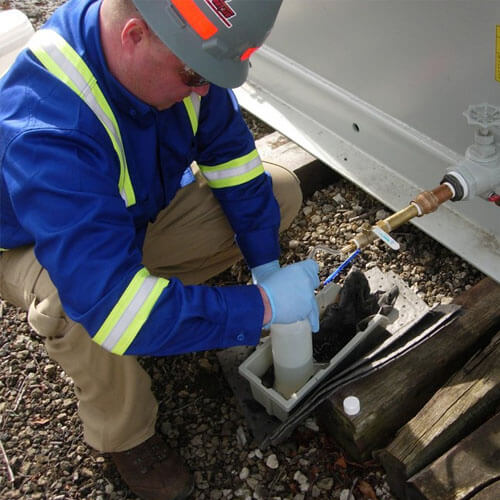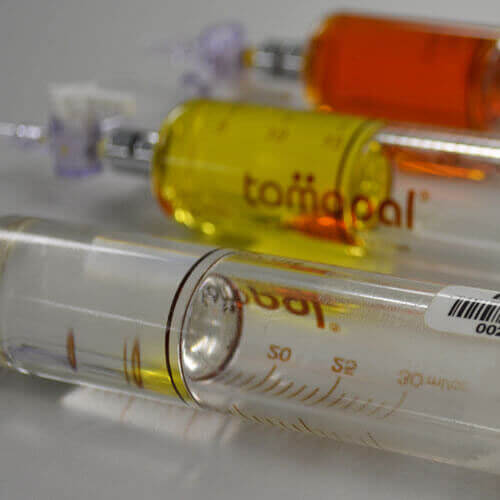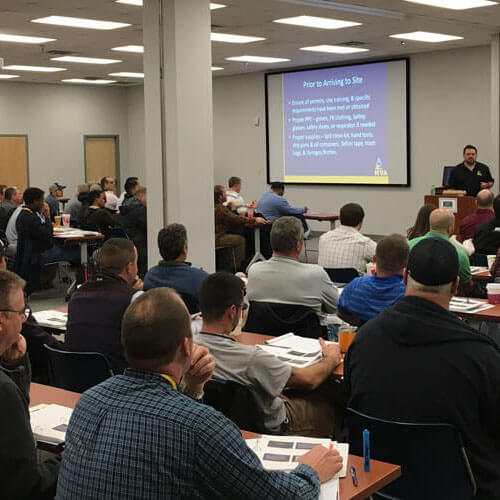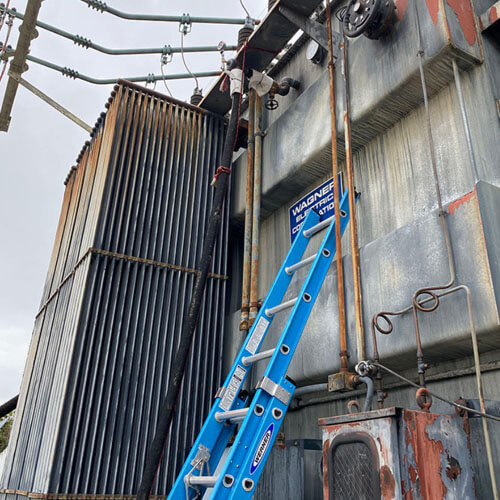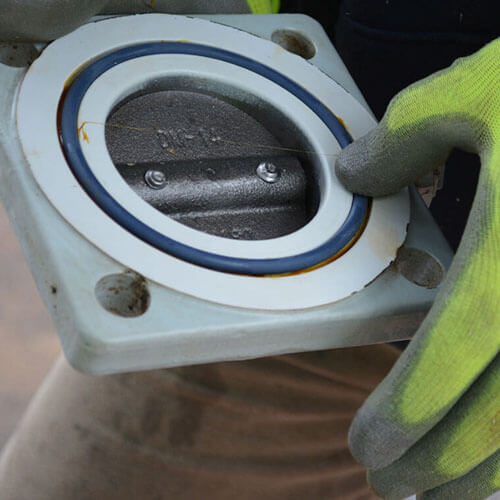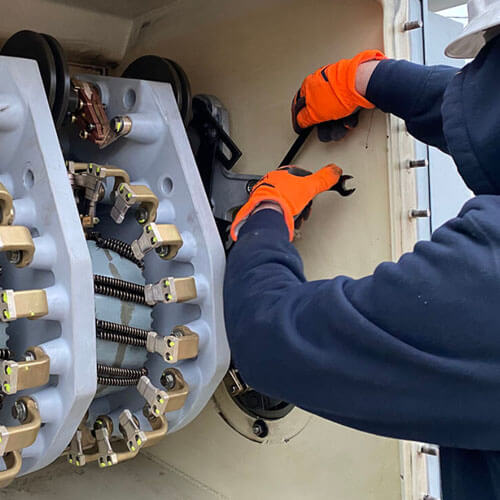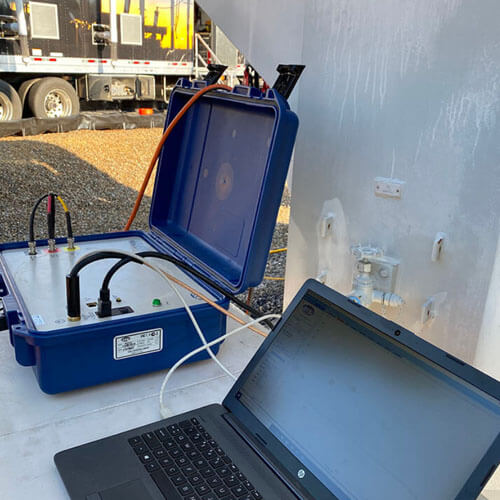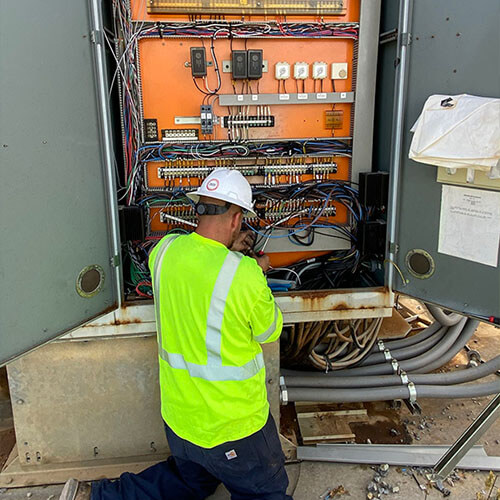Mineral oil is the lifeblood of a transformer and is by far the dominant fluid used in transformers. There are many reasons why mineral oil is used as an insulating fluid in transformers. One, it is an excellent dielectric medium for insulating the components within the transformer, and two; it is a good heat transferring agent to dissipate the heat away from the windings to the tank walls and radiators. The radiators are designed to maximize the surface area to effectively cool the oil. The circulation of cool oil back through the windings is a continuous process. And third, it is still the cheapest fluid available for transformer applications.
But transformers will self-destruct over time. Heat and moisture combined with Oxygen will cause a transformer to fail. If the transformer is properly maintained, the destruction process can take many years. But, if the transformer is neglected, the transformer aging process can accelerate, and the lifespan can be quickly shortened. This is because of the insulation system within the transformer. The insulation system of a transformer consists of two components: oil and cellulose paper. Although the combination of oil and paper offers an excellent dielectric medium for the transformer, it is the interaction of the oil and the paper that will ultimately destroy the transformer. The hydrocarbons in the oil will form oxidation byproducts that decompose the cellulose insulation system. These byproducts will increase the moisture in the transformer as well as create an environment that will overheat the transformer. In time, the formation of these byproducts can cause the failure of the transformer.
Insulation Analysis
In order to treat the “problem” within a transformer, it is important to understand how the “problem” comes into existence. Moisture can either enter the oil externally through condensation or internally through a chemical reaction.
Given a choice between air or transformer oil, oxygen will leave the air and dissolve into the transformer oil. Thus, a free-breathing transformer will begin to transfer oxygen from the air to the oil. Oxygen is also a problem for sealed transformer tanks that underwent a vacuum-filling procedure. A transformer that is vacuum-filled will still contain small quantities of oxygen within the oil. This is a problem because oxygen, in the presence of a catalyst, such as copper or water, will chemically react with the hydrocarbons within the transformer oil. This chemical reaction forms byproducts that attack the paper insulation system of the transformer. The decomposition of the paper will release water and peroxide into the oil. Peroxide is the first oil-decaying byproduct formed. Just as oxygen has a preference for oil, water and peroxide will leave the oil and adsorb into the paper. Thus, the cellulose paper has an affinity for the very byproducts that contribute towards its destruction.
In addition, the adsorption of water and peroxide into the paper further contributes to the release of even more oxygen into the oil. The problem becomes compounded and in time, creates other decaying byproducts such as acids, alcohols, and sludges. Initially, the paper will adsorb these decaying byproducts and in effect, act as a filter. Although the oil testing results will indicate no breakdown is occurring, in reality, the deterioration process has already begun—it’s just not detectable. Once the paper is saturated with acids, sludges and other harmful byproducts, these byproducts will precipitate out and contaminate the oil. In addition, the higher the operating temperature, the faster the oxidative breakdown occurs. So it is also important to limit or avoid overloading transformers for long periods of time—especially transformers with known poor oil qualities.
Unfortunately, these byproducts will destroy the insulation system and lead to the failure of the transformer. Thus, it is a cyclical “problem” that can never be stopped; it can only be slowed down. By treating the symptoms of the “problem”, you can prolong the lifespan of the transformer.
So, knowing that we can never eliminate the “problem” attacking the insulation system within the transformer, the only thing to do is to monitor the symptoms. This can be accomplished by analyzing the oil. By testing the oil, the results can give you a strong indication of what is occurring inside the substation transformer.




